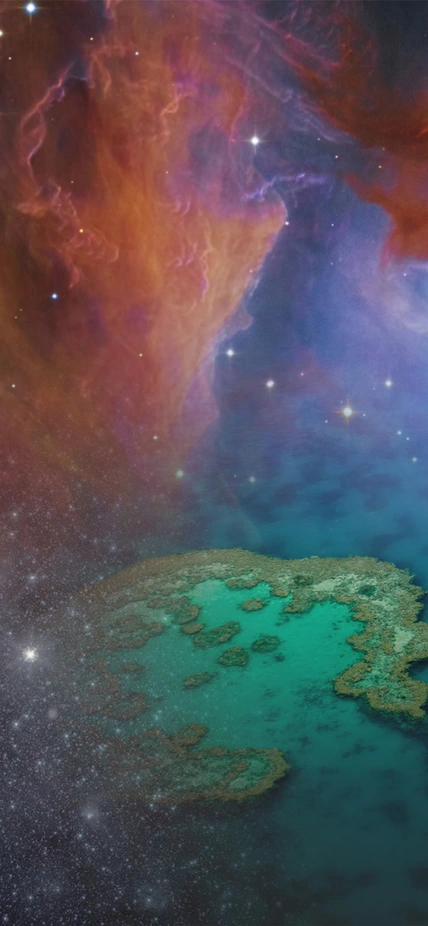Our Divisions


Biosphere Sciences & Engineering
Carnegie's newest scientific division, Biosphere Sciences & Engineering, is devoted to disrupting the traditional, siloed perspective on research in the life sciences and pursuing an integrated approach to solving humanity's greatest challenges.

Earth & Planets Laboratory
Drawing on more than a century of science, our multidisciplinary department discovers exoplanets, creates new materials, illuminates Earth's inner workings, and seeks to better understand the universe that is our home.

Observatories
From the revelation of the universe’s expansion to the discovery of dark energy, Carnegie Observatories researchers have transformed humankind’s understanding of the cosmos. The groundbreaking work continues today at our world-famous Las Campanas Observatory in Chile.
Get To Know Us
Our Carnegie Science leadership team ensures that our community is positioned for success.
Our unique structure elevates collaboration and collegiality and encourages scientists to think across disciplines.

Join us on our quest to explore, understand, and inspire.
Explore More
Our new alliance with Caltech will open many opportunities for breakthrough research between our two institutions.
The Giant Magellan Telescope is under construction at Carnegie's Las Campanas Observatory in Chile.
Carnegie Science astrophysicists and planetary scientists continue to showcase their creativity using JWST.
Our tools help us investigate questions ranging from the galactic to the atomic scale.







